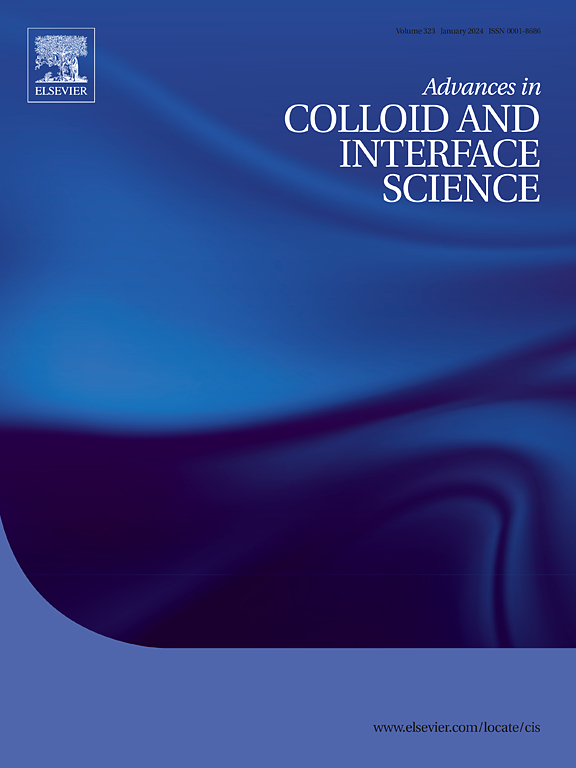电磁微波吸收器的进展:铁氧体和碳质材料
IF 15.9
1区 化学
Q1 CHEMISTRY, PHYSICAL
引用次数: 0
摘要
最近,电子设备、通信设备和信息处理技术发出的电磁(EM)辐射水平升高已成为一个值得关注的问题。因此,开发具有高电磁吸收性能的新型材料已经投入了大量的努力。这篇重要的评论文章概述了在理解和开发此类材料方面的进展。它深入研究了电磁辐射和吸收材料之间的相互作用,重点研究了多次反射、散射和极化等现象。此外,该研究还讨论了影响微波吸收器性能的各种损耗,如磁损耗和介电损耗。每一种损失都对微波吸收剂的有效性有不同的影响。此外,本文还详细介绍了不同的微波吸收材料,如金属复合材料、磁性材料、导电聚合物和碳质材料(碳纤维、多孔碳、碳纳米管、氧化石墨烯等复合材料)。总的来说,它强调了在微波吸收材料方面取得的进展,并强调优化各种损耗机制以提高性能。本文章由计算机程序翻译,如有差异,请以英文原文为准。

Advancements in electromagnetic microwave absorbers: Ferrites and carbonaceous materials
Heightened levels of electromagnetic (EM) radiation emitted by electronic devices, communication equipment, and information processing technologies have become a significant concern recently. So, substantial efforts have been devoted for developing novel materials having high EM absorption properties. This critical review article provides an overview of the advancements in understanding and developing such materials. It delves into the interaction between EM radiation and absorbing materials, focusing on phenomena like multiple reflections, scattering, and polarization. Additionally, the study discusses various types of losses that impact microwave absorber performance, like magnetic loss, and dielectric loss. Each of these losses has distinct implications for microwave absorbers' effectiveness. Furthermore, the review offers detailed insights into different microwave-absorbing materials, such as metal composites, magnetic materials, conducting polymers, and carbonaceous materials (composites with carbon fiber, porous carbon, carbon nanotube, graphene oxide, etc.). Overall, it highlights the progress achieved in microwave-absorbing materials and emphasizes optimizing various loss mechanisms for enhanced performance.
求助全文
通过发布文献求助,成功后即可免费获取论文全文。
去求助
来源期刊
CiteScore
28.50
自引率
2.60%
发文量
175
审稿时长
31 days
期刊介绍:
"Advances in Colloid and Interface Science" is an international journal that focuses on experimental and theoretical developments in interfacial and colloidal phenomena. The journal covers a wide range of disciplines including biology, chemistry, physics, and technology.
The journal accepts review articles on any topic within the scope of colloid and interface science. These articles should provide an in-depth analysis of the subject matter, offering a critical review of the current state of the field. The author's informed opinion on the topic should also be included. The manuscript should compare and contrast ideas found in the reviewed literature and address the limitations of these ideas.
Typically, the articles published in this journal are written by recognized experts in the field.

 求助内容:
求助内容: 应助结果提醒方式:
应助结果提醒方式:


